Since its inception, the RTF has been charged with annually surveying the region’s utilities, Bonneville Power Administration, NEEA, and system benefit charge administrators like Energy Trust of Oregon on their efficiency achievements. The RTF supports the compiling of the data into a Regional Conservation Progress (RCP) report, and staff present it to the Council to offer a full picture of the region’s progress against the power plan’s efficiency goals.
Expand the ⊕ navigation above for other years' reports.
Cumulative Conservation Achievements and the 7th Plan Target
2018 RCP Workbook Presentation Submitted to the Council
As a region, over the last three years, the Northwest has saved 637 aMW of energy as a result of improved energy efficiency. These savings encompass utility program savings, NEEA alliance savings, momentum savings, and savings from codes and standards with an adjustment for double and under counting. The chart to the right illustrates how these regional savings compare to the three-year conservation target of 600 aMW, set out by the Seventh Power Plan.
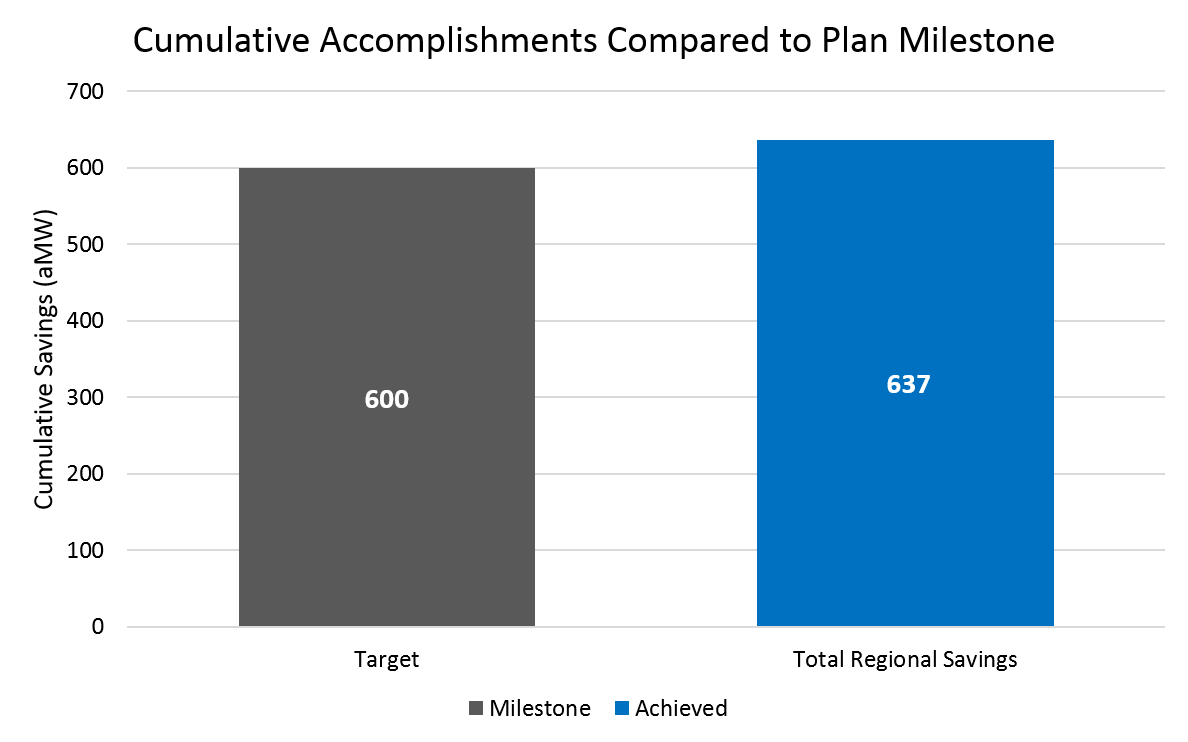
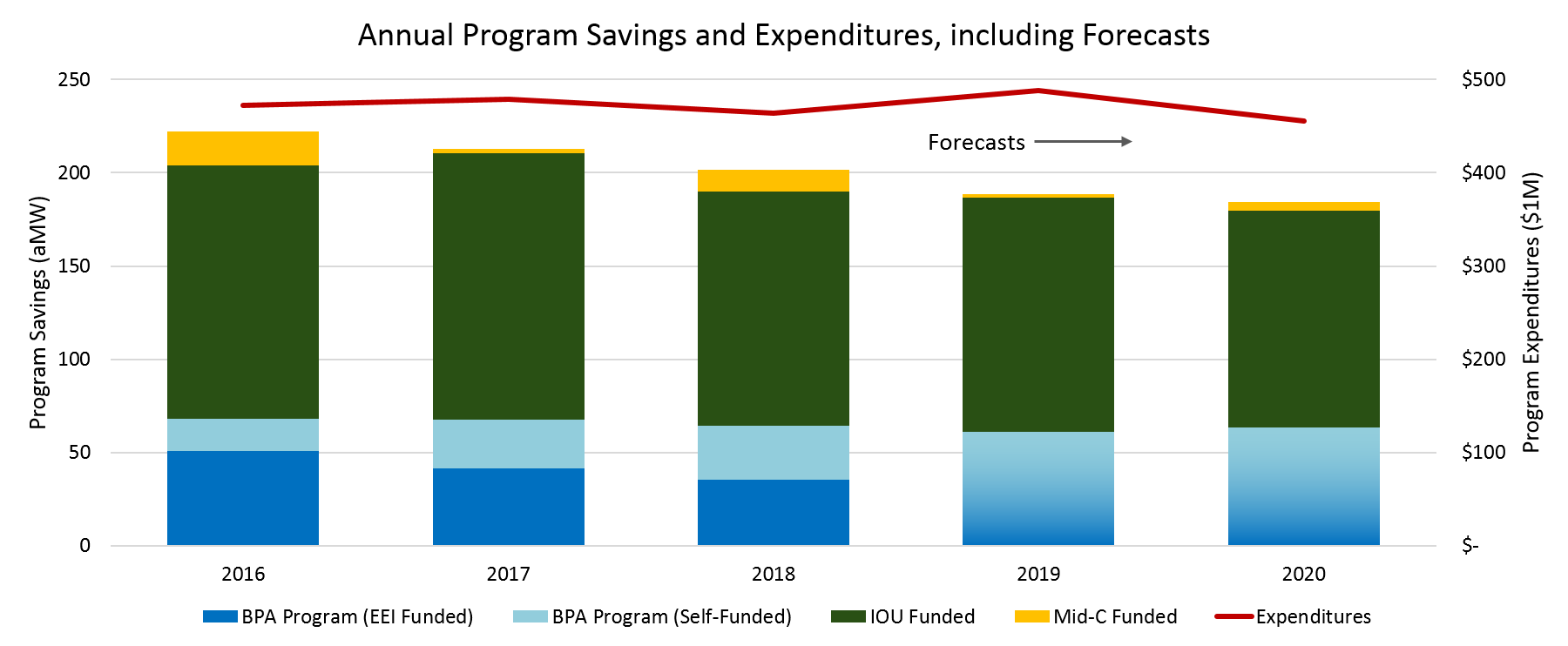
Savings and Expenditures
While the region is currently on track with the Seventh Plan's targeted conservation achievements, surpassing this year's threshold, milestones ramp up significantly over the remaining action period, leaving more than half of the six-year goal yet to be achieved. The chart to the left shows that the region has been seeing declining savings, in alignment with declining expenditures, from programs. This trend is forecasted to continue into 2019 and 2020. This trend raises some concerns about how the region will continue to meet these rapidly ramping goals.
Significant Potential Remains
In 2018, as with previous years, a majority of savings came from lighting end uses, particularly in the commercial sector. However, as the chart below shows, there remains significant untapped HVAC and water heating potential. Regional utilities are exploring how to better reach customers and achieve greater savings HVAC. At the RTF, a big focus for 2019 is on measures that save HVAC energy.
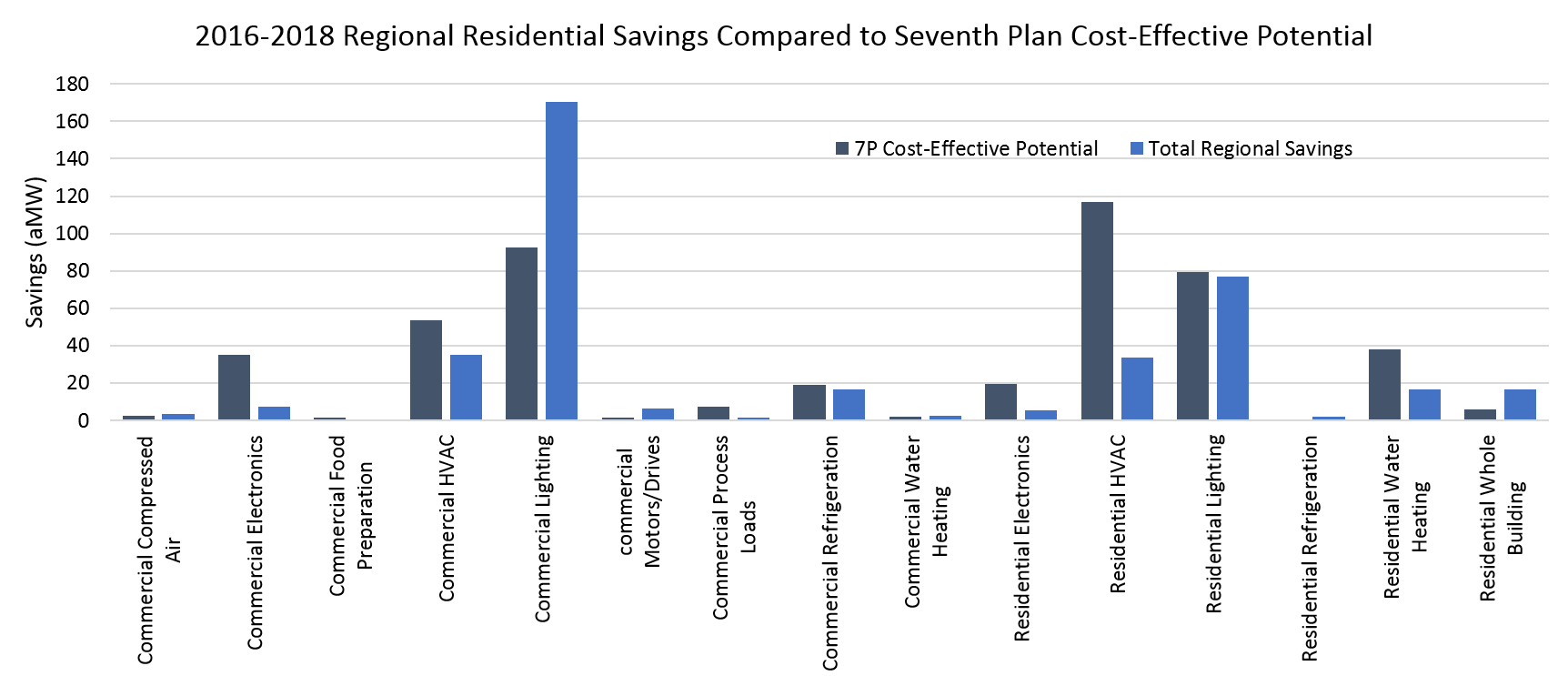
Efficiency Continues to Contribute Significant Capacity Savings to the Region
Energy efficiency can offer significant capacity benefits when it reduces electricity use at the same time as a system peak load, whether it be cold winter evenings or hot summer afternoons. This makes efficiency measures that are able to reduce electricity use at these key times more valuable from a full-system perspective, as they free up capacity on transmission and distribution lines. The aforementioned 637 aMW of energy savings in 2016-2018 translated to a 1222 MW reduction of winter peak capacity and 801 MW of summer peak reduction, providing significant value to the region.
2016-2018 Winter Savings
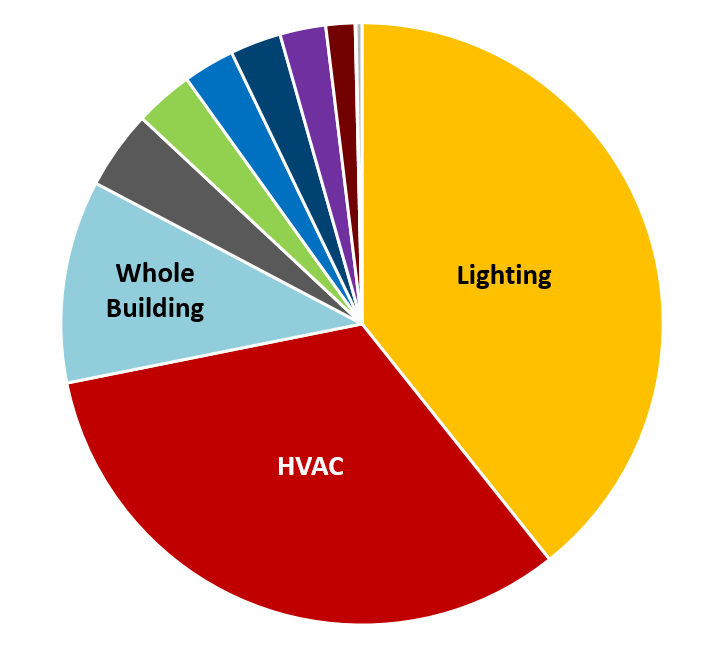
2016-2018 Summer Savings
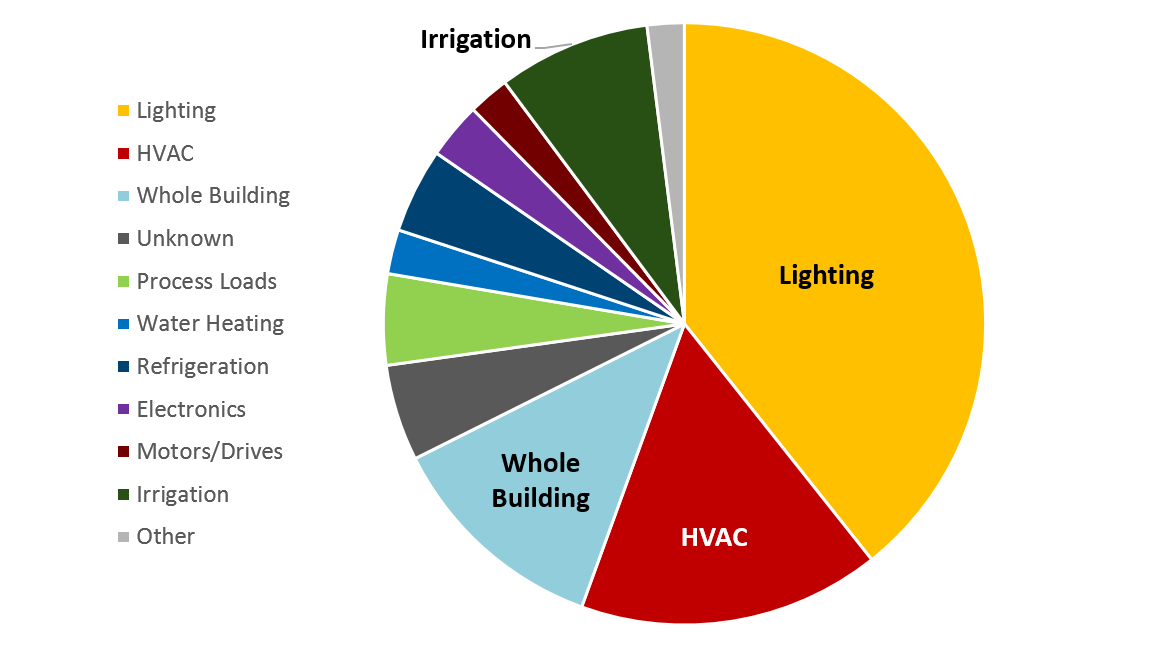
Historical Regional Savings
Energy efficiency has provided almost 6900 aMW of savings since 1978. That is about 2.5 times the generation of the Grand Coulee Dam and has helped the region avoid more than 21.9 million metric tons of carbon dioxide. Efficiency programs have been the key driver of energy savings in the region. NEEA, which was founded in 1999, has been a significant contributor to savings in recent decades. The region started tracking momentum savings in Sixth Power Plan as a means of understanding what additional efficiency is occuring in the market above and beyond NEEA and the programs.
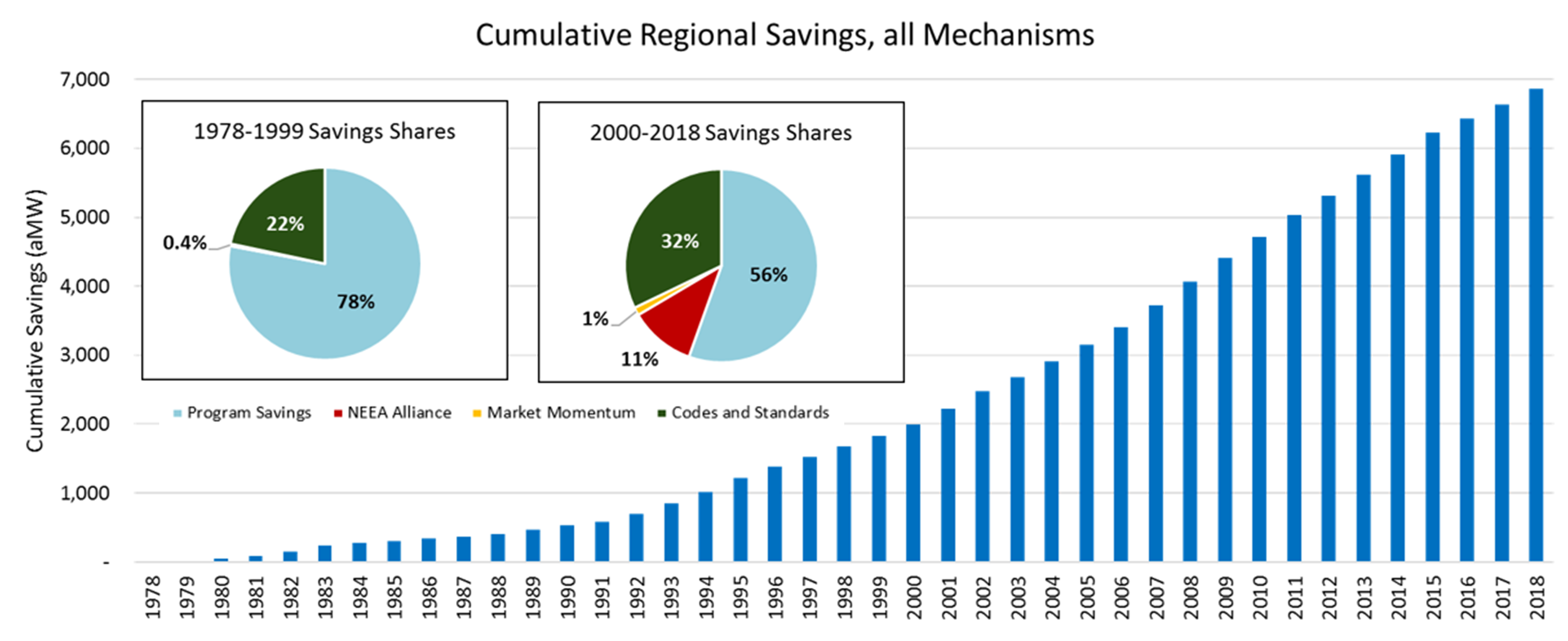
Have questions? Please get in touch.


